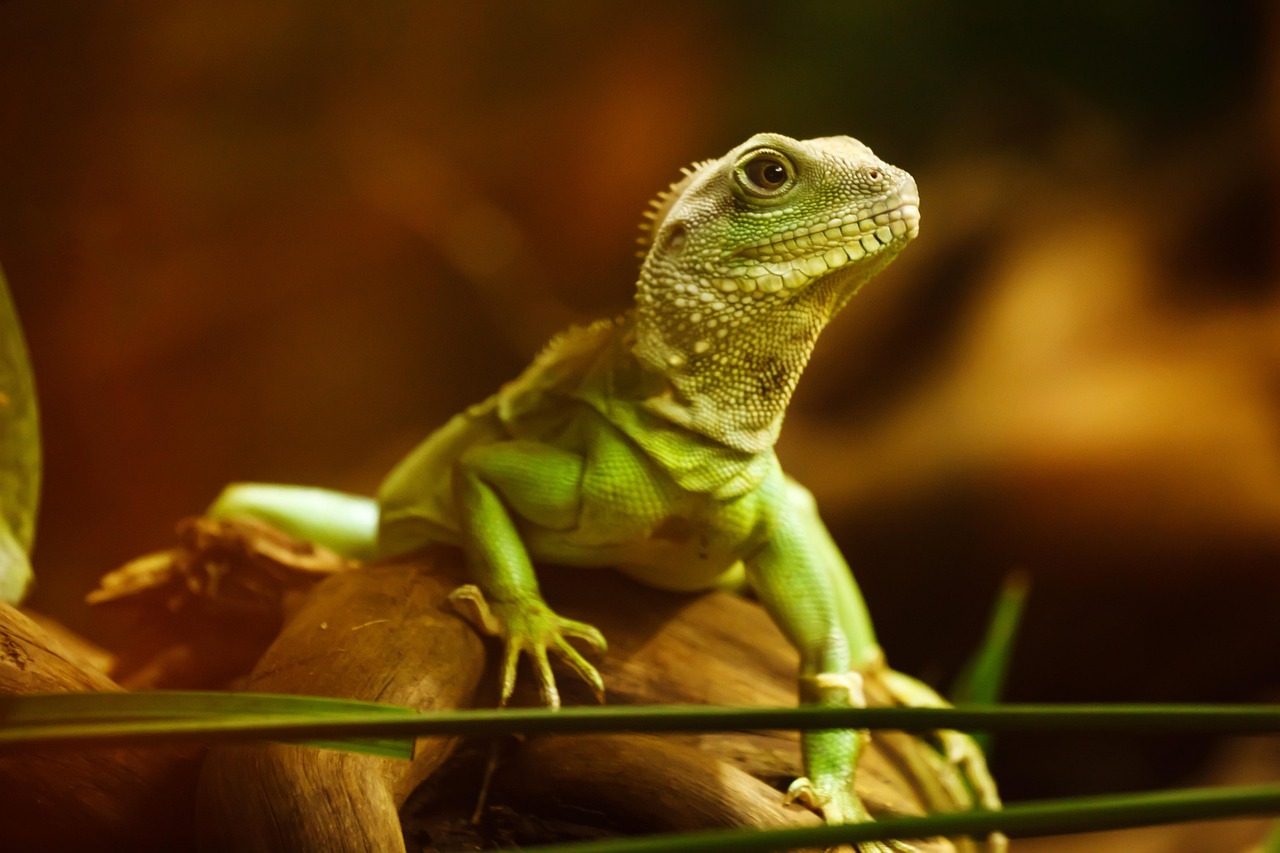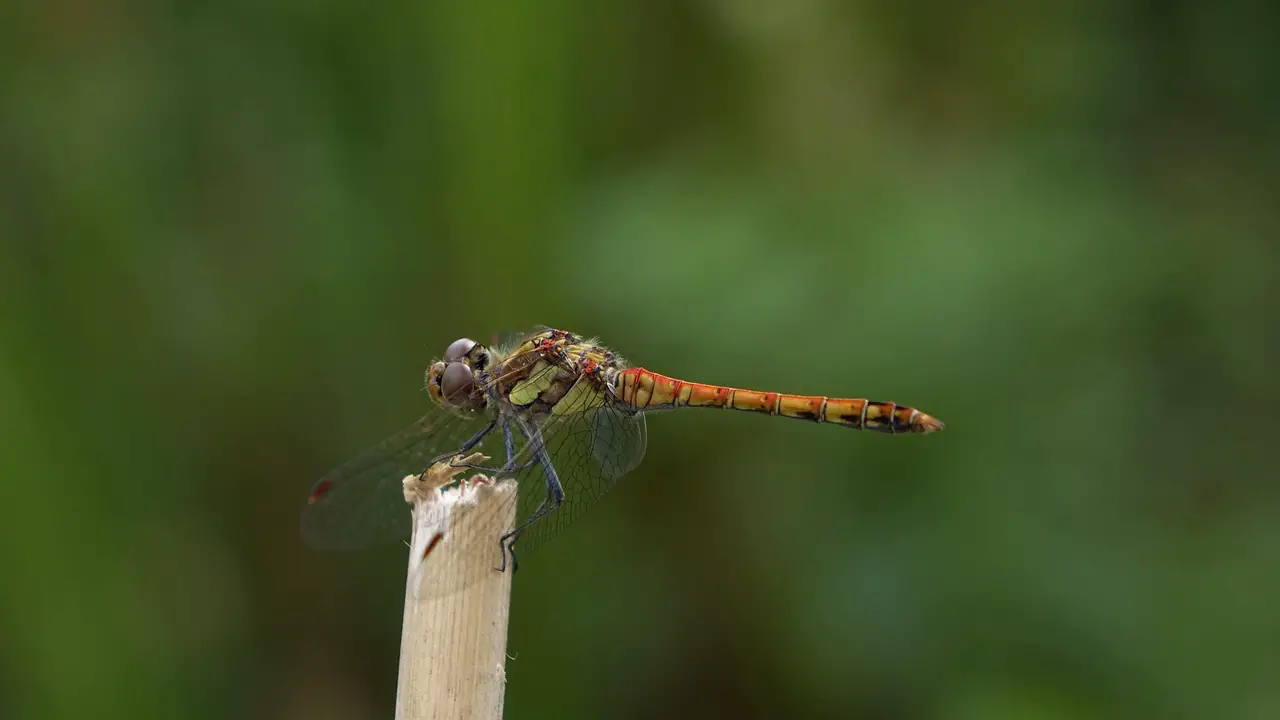The Dragon Blood Tree (Dracaena cinnabari) grows slowly, typically reaching a height of 10 to 20 feet over many years. In arid landscapes, growth can be limited due to harsh conditions, resulting in even slower rates compared to more temperate environments.
Understanding the Dragon Blood Tree
The Dragon Blood Tree is an iconic species native to the Socotra archipelago in Yemen. Known for its unique umbrella-shaped canopy and striking red sap, this tree has adapted exceptionally well to its arid environment. Its unusual appearance and resilience make it a subject of fascination for botanists and nature enthusiasts alike.

In the harsh conditions of arid landscapes, where water is scarce and temperatures can be extreme, the growth rate of the Dragon Blood Tree is significantly affected. These trees have evolved various adaptations to survive and thrive despite these challenges. Understanding these adaptations can provide insights into their growth patterns and ecological significance.
Growth Rate Factors
The growth rate of the Dragon Blood Tree is influenced by several environmental factors. Some of the key factors include:
- Water Availability: Limited rainfall in arid regions restricts the growth potential of the Dragon Blood Tree. These trees have deep root systems that help them access groundwater but still depend on occasional rainfall.
- Soil Quality: The type of soil affects nutrient availability. Sandy or rocky soils with low nutrient content can hinder growth.
- Temperature: Extreme temperatures can stress the tree, especially during prolonged heat waves.
- Sunlight: While these trees thrive in full sun, excessive heat can negatively impact their growth rate.
Adaptations for Survival
The Dragon Blood Tree has developed several adaptations that enable it to survive in arid landscapes:

- Water Conservation: The tree’s thick, waxy leaves reduce water loss through evaporation.
- Deep Roots: Its extensive root system allows it to tap into deeper water sources.
- Red Sap: The tree’s sap has antibacterial properties that help it heal from injuries and protect against pests.
Growth Observations in Arid Landscapes
Field studies have shown that the growth rate of Dragon Blood Trees can vary widely based on specific microclimates within arid regions. For instance, trees located near coastal areas may experience slightly better growth due to higher humidity levels compared to those situated further inland.
A study conducted on the island of Socotra revealed some interesting statistics about the growth rates of these trees under different conditions. The following table summarizes key findings from this research:
| Condition | Average Height (feet) | Growth Rate (inches/year) |
|---|---|---|
| Coastal Areas | 15 | 3 |
| Inland Areas | 12 | 2 |
| Extreme Heat Zones | 10 | 1 |
As illustrated in the table, trees in coastal areas tend to grow taller and at a faster rate compared to those in the extreme heat zones. This highlights how varying environmental conditions impact their overall development.

The ecological role of the Dragon Blood Tree extends beyond its stunning appearance. It provides habitat for various species and contributes to the biodiversity of its ecosystem. As researchers continue to study this remarkable tree, they hope to uncover more about its growth patterns and how it can adapt to changing environmental conditions.
Propagation and Reproduction of the Dragon Blood Tree
Understanding how the Dragon Blood Tree propagates is essential for studying its growth rate in arid landscapes. These trees can reproduce both sexually and asexually, each method having its own implications for growth and survival in harsh environments.
Sexual Reproduction
Sexual reproduction in the Dragon Blood Tree occurs through flowering and seed production. The trees produce small, fragrant flowers that attract various pollinators, including bees and butterflies. Here are some key points about its sexual reproduction:

- Flowering Season: The flowering typically occurs during the warmer months, when conditions are more favorable for pollination.
- Seed Development: After successful pollination, seeds develop within berries. Each berry contains one or two seeds.
- Seed Dispersal: Seeds are dispersed by animals that consume the berries, aiding in the establishment of new trees.
Asexual Reproduction
Asexual reproduction is another significant method for the Dragon Blood Tree, primarily through vegetative propagation. This allows the tree to clone itself, ensuring survival even in difficult conditions.
- Cuttings: Branches or stems can take root when planted in suitable soil, giving rise to new trees.
- Root Suckers: Some trees produce suckers from their root system, which can grow into independent plants.
Asexual reproduction can result in rapid population increases, especially in environments where conditions for seed germination may not be ideal.
Growth Conditions and Soil Requirements
The growth of the Dragon Blood Tree is highly dependent on specific soil conditions. Understanding these requirements is vital for conservation efforts and for attempts to cultivate these trees outside their native habitats.
Soil Composition
The ideal soil for Dragon Blood Trees is well-draining and slightly alkaline. Key soil characteristics include:
- Drainage: Poorly drained soils can lead to root rot and other diseases.
- Nutrient Content: While these trees can tolerate low-nutrient soils, some organic matter can promote healthier growth.
- pH Levels: A pH range of 7.0 to 8.0 is preferred for optimal growth.
Watering Needs
While the Dragon Blood Tree is drought-tolerant once established, it requires certain watering practices during its early growth stages:
- Establishment Phase: Young trees need regular watering to establish a strong root system.
- Drought Tolerance: Once established, the tree can survive long periods without water, relying on its deep roots.
Pests and Diseases Affecting Growth
The Dragon Blood Tree is relatively resilient but is not immune to pests and diseases that can hinder its growth rate. Understanding these threats is crucial for maintaining healthy populations.
Common Pests
Some pests that commonly affect Dragon Blood Trees include:
- Scale Insects: These pests can weaken the tree by sucking sap from leaves and stems.
- Aphids: Aphids can cause yellowing of leaves and stunted growth by feeding on plant sap.
Diseases
Diseases can also pose a threat to the health of the Dragon Blood Tree:
- Root Rot: Caused by overwatering or poorly draining soils, this disease can be fatal if not addressed early.
- Canker Diseases: These can cause dieback in branches and stems, reducing overall vitality.
Implementing proper care and monitoring for pests and diseases can help ensure the healthy growth of Dragon Blood Trees in arid landscapes.
Climate Adaptations of the Dragon Blood Tree
The Dragon Blood Tree has developed several adaptations that enable it to thrive in the extreme climate of arid landscapes. Understanding these adaptations provides insight into how the tree manages to survive and grow despite challenging conditions.
Temperature Tolerance
One of the significant adaptations of the Dragon Blood Tree is its ability to withstand extreme temperatures. This tolerance is crucial for survival in arid environments, where temperatures can fluctuate dramatically between day and night.
- Heat Resistance: The tree’s thick bark provides insulation against intense heat, protecting its inner tissues.
- Cooling Mechanisms: The broad, umbrella-like canopy helps to shade the trunk and ground below, reducing soil temperature and moisture loss.
Water Management Strategies
Water is a critical resource for any plant, especially in arid climates. The Dragon Blood Tree employs several strategies to optimize water usage:
- Deep Root System: Its extensive root system allows it to access deeper layers of soil, where moisture may be available even during dry periods.
- Water Storage: The tree can store water in its tissues, which is particularly beneficial during long droughts.
- Minimizing Evapotranspiration: The waxy coating on its leaves reduces water loss through transpiration, allowing the tree to conserve moisture.
Ecological Importance of the Dragon Blood Tree
The ecological role of the Dragon Blood Tree extends beyond its survival tactics. This species plays a vital role in its ecosystem, influencing both flora and fauna in arid regions.
Habitat for Wildlife
Dragon Blood Trees provide habitat and resources for various wildlife species:
- Nesting Sites: The sturdy branches offer nesting opportunities for birds and other small animals.
- Food Source: The berries produced by the trees are a food source for birds and insects, promoting a healthy food web.
- Microhabitats: The shade created by the trees can help sustain smaller plants and organisms that require cooler temperatures.
Biodiversity Contribution
The presence of Dragon Blood Trees contributes to the overall biodiversity of their environment. Their unique adaptations allow them to coexist with other plant species, creating a diverse habitat. Some benefits include:
- Soil Stabilization: The extensive root systems help prevent soil erosion, maintaining the integrity of the landscape.
- Nutrient Cycling: As leaves fall and decompose, they enrich the soil with organic matter, benefiting surrounding plants.
Cultural Significance and Uses
The Dragon Blood Tree holds cultural importance in various regions, particularly among local communities in Socotra. Its unique characteristics have led to various traditional uses.
Traditional Medicine
The red sap of the Dragon Blood Tree has been used in traditional medicine for centuries. Some common applications include:
- Wound Healing: The sap is believed to have antimicrobial properties, making it useful for treating cuts and infections.
- Anti-inflammatory Uses: It is sometimes used in balms to relieve inflammation and pain.
Crafts and Artistry
The resin obtained from the tree is also utilized in crafts and art. Local artisans create various items, such as:
- Pigments: The red sap can be used as a dye or pigment in artistic endeavors.
- Incense: The resin is burned as incense, valued for its aromatic qualities.
The cultural significance of the Dragon Blood Tree continues to be recognized today, as communities strive to preserve this unique species while benefiting from its resources.
Conservation Efforts for the Dragon Blood Tree
As the Dragon Blood Tree faces various threats due to climate change and human activity, conservation efforts are becoming increasingly vital. Protecting this unique species ensures its survival and the integrity of the ecosystems it supports.
Threats to the Dragon Blood Tree
Several factors threaten the growth and survival of Dragon Blood Trees:
- Climate Change: Rising temperatures and altered rainfall patterns can affect the natural habitat of the Dragon Blood Tree, leading to increased stress on its growth.
- Deforestation: Human activities, such as logging and land conversion for agriculture, have reduced forested areas where these trees thrive.
- Overharvesting: The sap is harvested for various uses, which can lead to stress on individual trees if not done sustainably.
Conservation Initiatives
Various organizations and local communities are working together to develop conservation strategies for the Dragon Blood Tree:
- Protected Areas: Establishing protected areas helps safeguard critical habitats where Dragon Blood Trees grow.
- Sustainable Harvesting Practices: Educating local communities about sustainable harvesting methods ensures that the tree’s resources can be utilized without endangering its health.
- Research and Monitoring: Ongoing research into the growth patterns and health of Dragon Blood Trees allows for better-informed conservation strategies.
- Community Engagement: Involving local populations in conservation efforts fosters a sense of ownership and responsibility, encouraging sustainable practices.
The Role of Education and Awareness
Education plays a crucial role in the conservation of the Dragon Blood Tree. Raising awareness about its ecological importance and cultural significance can drive support for protection efforts.
Educational Programs
Implementing educational programs in schools and communities can help disseminate knowledge about the Dragon Blood Tree:
- Workshops: Hands-on workshops can teach sustainable practices related to harvesting and caring for Dragon Blood Trees.
- Community Events: Hosting events such as tree planting days can engage the community and foster appreciation for local flora.
Promoting Research
Encouraging academic research on the Dragon Blood Tree can generate valuable data that informs conservation strategies. Collaborative research between local universities and international institutions can enhance understanding of its growth behavior in arid landscapes.
Final Thoughts
The Dragon Blood Tree stands as a remarkable symbol of resilience in arid landscapes. Its unique adaptations to harsh environmental conditions allow it to thrive where many other species struggle. Additionally, its ecological importance cannot be overstated, as it plays a vital role in supporting biodiversity and providing resources for local wildlife.
As communities recognize the cultural significance of this tree, there is an opportunity to balance traditional uses with conservation efforts. The challenges posed by climate change and human activities underline the necessity for proactive measures to ensure its survival. By fostering awareness, promoting sustainable practices, and engaging in conservation initiatives, we can protect the Dragon Blood Tree for future generations. The continued study and appreciation of this extraordinary species will not only benefit ecological health but also enrich cultural heritage in regions where it grows.
The future of the Dragon Blood Tree is intertwined with our actions today. Through collaboration and commitment, we can safeguard this iconic species while supporting the diverse ecosystems it inhabits.
